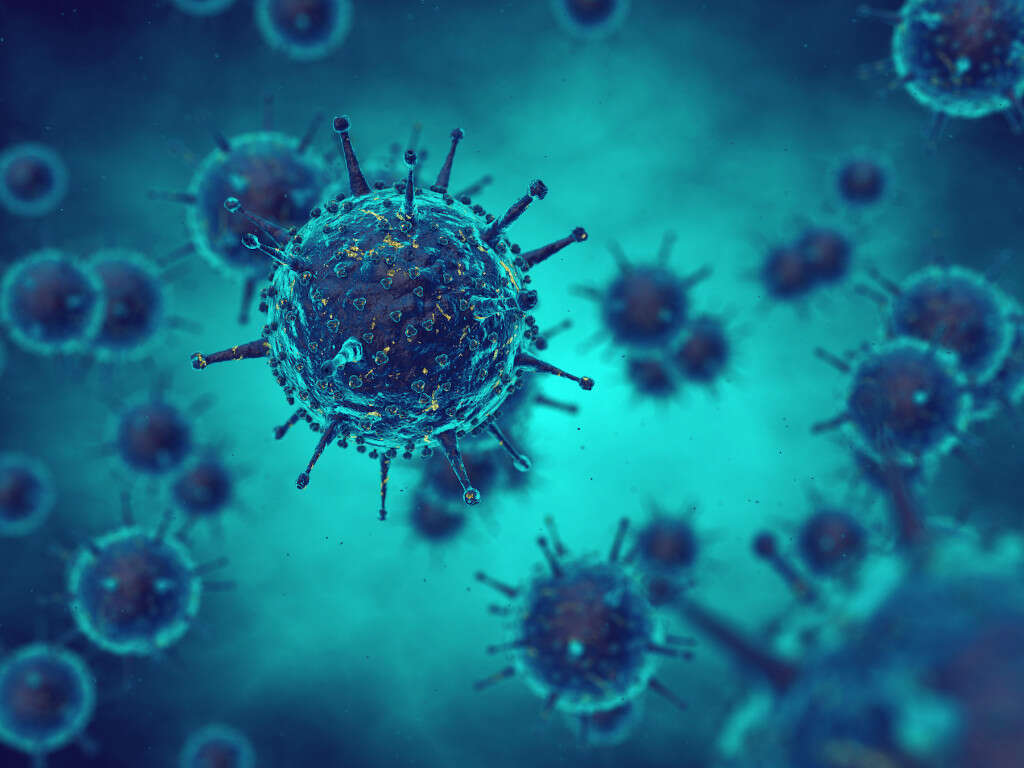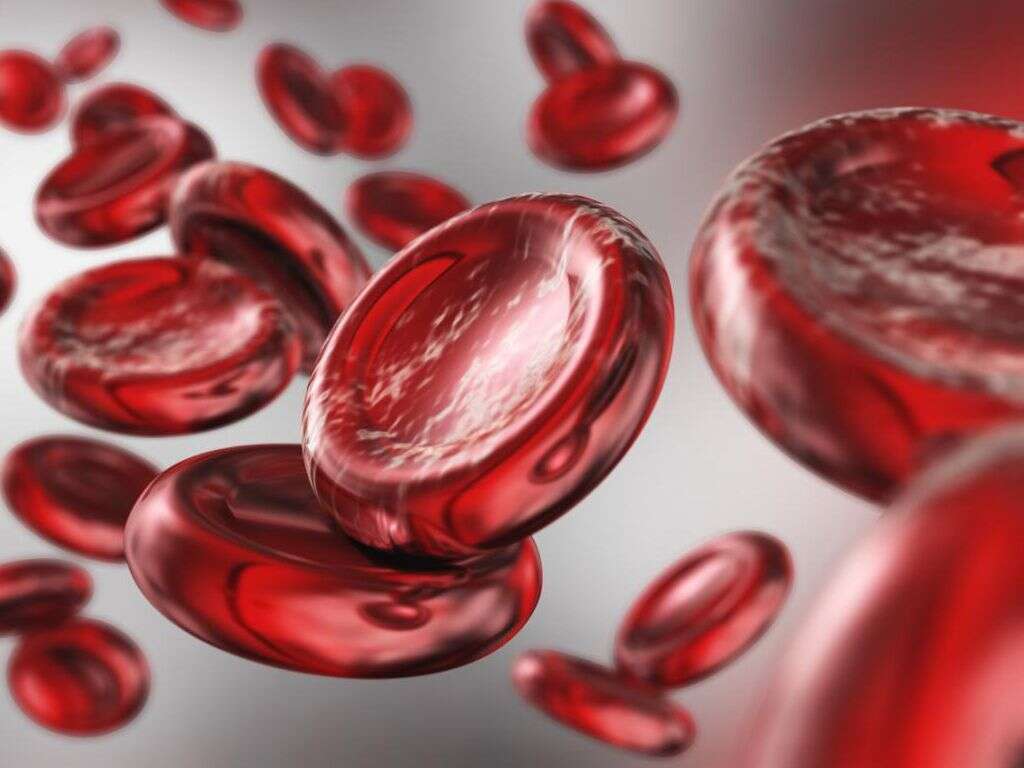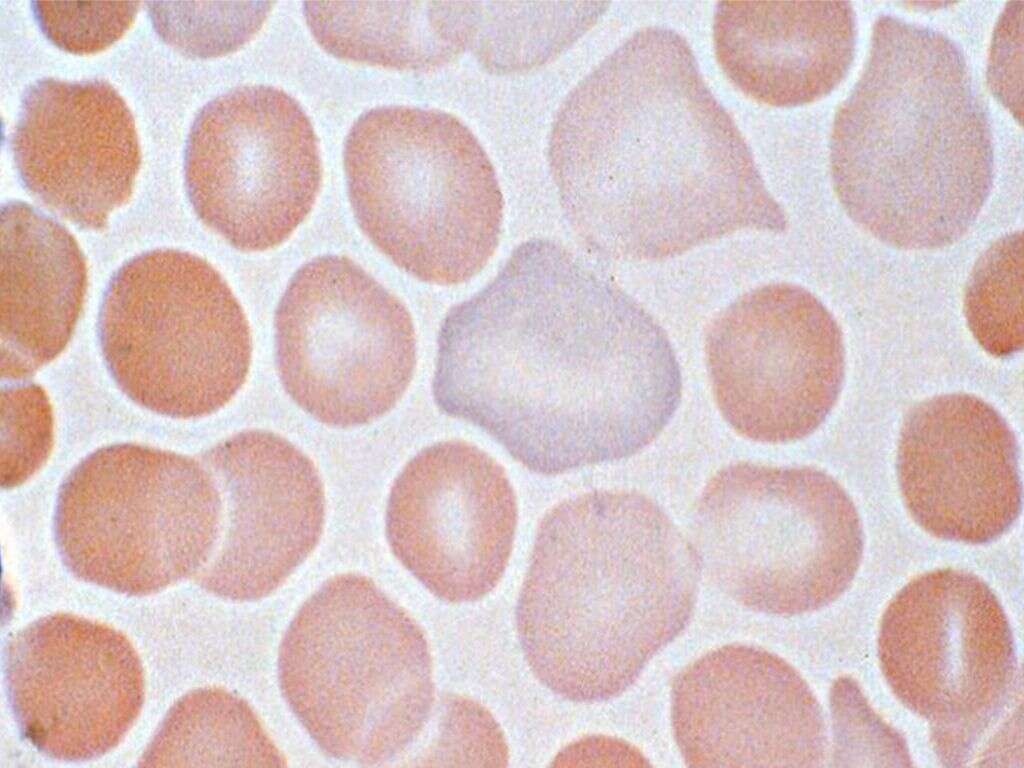10 Aplastic Anemia Symptoms
Aplastic anemia is a rare condition affecting the bone marrow and the hematopoietic stem cells. The impact on the bone marrow and the stem cells results in a deficiency of all three types of blood cells causing pancytopenia. Aplastic anemia results in leukopenia (low white blood cells), anemia (low red blood cells), and thrombocytopenia (low platelets). The term “aplastic” refers to the inability of the stem cells in the bone marrow to generate mature blood cells.
Aplastic anemia is more commonly seen among individuals in their teens and young adults. However, it is also common among the elderly. Aplastic anemia can be caused by immune disease, genetics, or exposure to radiation, drugs, or chemicals. However, in about 50 percent of cases, the cause of aplastic anemia is unknown.

Symptom #1: Pallor
Pallor refers to paleness of skin that can be caused by emotional shock, use of stimulants, stress, illness, and anemia. In anemia, the pallor of the skin occurs when there is a lower amount of oxyhemoglobin visible on the skin, mucous membrane, or conjunctivae. Oxyhemoglobin is present in red blood cells and is the component that gives it the red pigmentation.
Pallor is most apparent on the face, palms, tongue, mucous membranes, and lips. Pallor should be differentiated from hypopigmentation or a fair complexion. In aplastic anemia, pallor is due to the lack of red blood cells.

Symptom #2: Breathlessness
Breathlessness or shortness of breath refers to the feeling where one is unable to breathe well enough. Patients with shortness of breath, known as dyspnea, often describe it as requiring more effort to breathe, air hunger, and chest tightness. While normal in activities of heavy exertion such as exercise, it can be seen in pathological conditions such as interstitial lung disease, pneumonia, asthma, cardiac ischemia, heart failure, psychogenic causes, chronic obstructive pulmonary disease, and more.
In patients with aplastic anemia, breathlessness occurs due to the lack of red blood cells that function to carry oxygen to the rest of the body. This causes the body to compensate by breathing harder and faster to supply more oxygen to the body.

Symptom #3: Malaise
Malaise is a general feeling of discomfort, uneasiness, pain, and is often one of the earliest indications of an underlying disorder. It is a vague and nonspecific symptom that can be seen in hunger, emotional stress, internal bleeding, cancer, stroke, and various conditions.
Patients often describe malaise as a feeling of “something is not feeling right.” This can become a challenge for medical professionals to diagnose or determine the significance of malaise. Malaise is thought to be due to the activation of an immune response where there is the production and release of pro-inflammatory cytokines.

Symptom #4: Fatigue
Fatigue refers to a gradual feeling of tiredness that can be alleviated by rest. Fatigue can be divided into physical or mental causes. In physical fatigue, there is a temporary inability of the affected muscle to maintain peak performance. In mental fatigue, there is a transient inability to achieve maximal cognitive performance.
Fatigue can manifest as lethargy or somnolence. It is a vague and nonspecific symptom that can be seen in various conditions or disorders such as infection, fever, sleep deprivation, dehydration, stress, and more. In aplastic anemia, the lack of red blood cells results in reduced oxygen supply to the brain and other parts of the body, causing fatigue.

Symptom #5: Tachycardia
Tachycardia refers to heart rate that exceeds the normal resting heart rate. It can be defined as more than 100 beats per minute. Causes of tachycardia include the use of amphetamines, alcohol consumption, adrenergic storm, anemia, anxiety, atrial fibrillation, caffeine consumption, exercise, fever, hypoglycemia, hyperthyroidism, and many more.
In aplastic anemia where there is a lack of all three types of cells (white blood cells, red blood cells, and platelets), this also means that the red blood cell function of supplying oxygen to various parts of the body is affected. To compensate, the heart has to pump faster to circulate the blood more in order to meet the metabolic demands.

Symptom #6: Easy Bruising
A bruise occurs when there is traumatic injury to the tissues causing breakage of the capillaries. Bruising can appear to be a purplish or reddish discoloration that does not blanch once pressed upon. It can eventually lead to the classic black and blue appearance after some time. Once a bruise fades, the bruise becomes greenish and brown when the body metabolizes the blood cells and bilirubin in the skin.
In patients with aplastic anemia, bruising occurs easily due to the lack of platelets in the body. Other causes of easy bruising include the use of anticoagulants (such as aspirin or warfarin).

Symptom #7: Gingival Bleeding
Bleeding gums or gingival bleeding occurs when the gums starts to bleed when there is gentle manipulation of the tissue. Bleeding upon probing indicates that there is some underlying inflammation, destruction, and erosion to the gums.
There are many causes of gingival bleeding such as improper brushing or flossing, periodontitis, new dentures, infection, leukemia, malnutrition, use of anticoagulants, hormonal imbalances, scurvy, and more. In aplastic anemia, the lack of platelets contributes to the bleeding gums especially after brushing or flossing.

Symptom #8: Recurrent Infections
Patients with aplastic anemia have a lower amount of all three types of blood cells. One of the hallmarks of aplastic anemia is the unexplained and recurrent infections that occur due to the lack of white blood cells. White blood cells are a vital part of the immune system that help to fight off various infections. This means that patients with aplastic anemia are prone to all types of infections.
It is important to recognize this issue early on as fungal and bacterial infections are a major cause of mortality and morbidity among patients with severe aplastic anemia. These patients will require therapy with antiviral, antibiotics, or antifungal agents.

Symptom #9: Petechiae
Petechiae refers to small purplish or red spots on the skin that are due to a minor bleed from broken capillaries. Petechiae are one of three descriptive types of bleeding into the skin differentiated by size. The other two types of bleeding are known as ecchymosis and purpura. Petechiae should be less than 3 millimeters in diameter.
Some causes of petechiae include asphyxiation, sunburn, vitamin C deficiency, vitamin K deficiency, leukemia, hypocalcemia, and more. In patients with aplastic anemia, petechiae can be attributed to the lack of platelets that play a role in the clotting of blood.

Symptom #10: Nosebleeds
A nosebleed or epistaxis refers to bleeding that originates from the nose. It is usually noticed once there is blood draining from the nostrils. Nosebleeds can be divided into anterior and posterior types. Blood can flow down to the stomach, resulting in other associated symptoms such as nausea and vomiting.
In aplastic anemia, nosebleeds can occur due to the lack of platelets that play a role in blood clotting. Common causes of nosebleeds include trauma, relative humidity, chronic sinusitis, respiratory tract infections, rhinitis, environmental irritants, and more.










